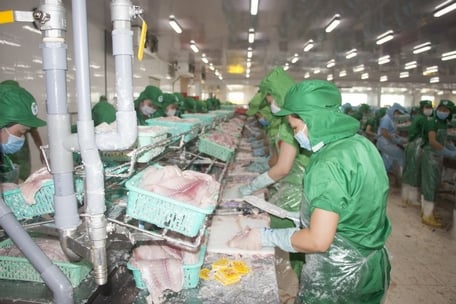 |
| Pangasius fish industry is the main industry of the Mekong Delta region. |
Intensive pangasius farming, processing and export in the Mekong Delta have great potential for development. However, there are still many difficulties and challenges in developing farming and export in the coming time.
Key industries are still difficult
According to the Department of Fisheries, the pangasius industry is the main industry in the Mekong Delta region. Currently, Vietnamese pangasius products are present in 140 markets worldwide . Export turnover in 2022 reached 2.44 billion USD.
This is one of the key subjects in aquaculture in Vietnam, contributing a large proportion to the export turnover of the whole industry, creating jobs for hundreds of thousands of workers, improving people's income in recent years.
However, the pangasius industry is facing many difficulties and challenges from breeds, farming infrastructure, access to credit capital, etc.
In addition, there are still some limitations in the production, processing, environmental treatment, linkage and consumption chains that need to be improved. Dr. Pham Thi Thu Hong - Deputy General Secretary of the Vietnam Pangasius Association (VINAPA), said that Pangasius is the main farming species in the Mekong Delta provinces, most concentrated in Dong Thap, An Giang , Can Tho, Ben Tre, Vinh Long... with a total farming area of nearly 6,000 hectares.
Pangasius is intensively raised in earthen ponds, entirely with industrial pellet feed. However, the farming areas are not concentrated but mainly belong to corporate farms, individual households, and the infrastructure system serving farming is not synchronous...
According to research, to achieve an average yield of about 200 tons of fish/ha, a minimum of 320 tons of feed is needed and about 256 tons of organic matter is discharged into the environment. With an output of over 1.5 million tons, it is a big challenge for concentrated farming areas, because the current treatment of waste from ponds is mainly regular water changes, biological products, sludge suction..., only a few farming areas apply modern technology.
“Currently, the country has over 100 tra fish processing facilities with a total designed capacity of approximately 1.5 million tons of raw materials per year. The facilities are equipped with modern machinery, equipment and technology, meeting the requirements and standards of the export market. However, the processing of by-products into high-quality products is not much, not fully recovered, so it increases pollution of processing wastewater. Most wastewater treatment systems apply traditional technology, so they are not optimally effective, increasing costs, making production costs high...” - Ms. Hong said.
In Vinh Long, Mr. Nguyen Van Liem - Deputy Director of the Department of Agriculture and Rural Development, in recent times, the provincial agricultural sector has continued to restructure aquaculture production towards industrialization, intensive farming, and food safety. At the same time, developing potential aquatic species, diversifying aquaculture species. In the first 9 months of 2023, the total output of aquaculture products is estimated at nearly 111,000 tons, an increase of 1.2% over the same period.
However, in recent times, the farming and consumption of pangasius have encountered many difficulties. In addition to the poor consumption market, farmers have also suffered from a decrease in profits due to the scarcity of quality breeds, increased input feed prices, and low raw pangasius prices for a long time, causing farmers to suffer losses and have no capital to reproduce.
Need to promote circular economy
According to experts, the quality of farmed pangasius and the food safety and hygiene control system have recently been positively evaluated by the international market. To enhance the competitiveness of the Vietnamese pangasius industry chain while reducing emissions, economic experts believe that it is necessary to continue public-private partnerships to promote good initiatives and good practices in developing a circular economy and reducing emissions.
Strengthening research and application of science and technology to improve the stages of seed production, farming, purchasing and processing... to help increase productivity and production efficiency, while at the same time managing and exploiting by-products well to create high added value and reduce emissions.
Mr. Tran Dinh Luan - Director of the Department of Fisheries, said: According to the orientation of the seafood processing industry and the environmental protection project of the seafood industry in the period of 2021-2030, the circular economy is one of the goals that the seafood industry needs to aim for, building and developing circular economic models, green economy in seafood activities to protect the environment and develop the sustainable development of the seafood industry.
From the perspective of public-private partnership (PPP) in fisheries, initiating research, assessing the current situation, challenges, and analyzing strengths and weaknesses when the pangasius industry is oriented towards a circular economic model will initially serve as a basis for proposing technological solutions for energy-saving production and reducing emissions in the chain, helping the pangasius industry develop sustainably.
According to Ms. Thu Hong, localities need to develop detailed plans, farming areas need to be planned synchronously with separate water supply and drainage systems. Move towards forming concentrated pangasius production areas, replicating high-tech pangasius farming models, circulating, and utilizing recovered sludge.
Strengthening quality control of parent fish, fry, feed, and fish disease control to minimize waste impact on the environment. Along with that, it is necessary to promote investment in by-product processing industry to increase the value of the industry's product chain. Processing enterprises need to prepare and best implement social responsibility, recognizing social responsibility as a vital factor to increase the competitiveness of Vietnam's seafood industry...
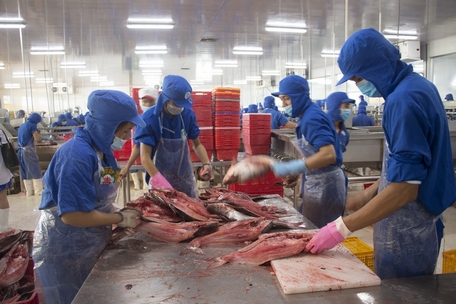 |
| Promoting circular economy, reducing emissions for sustainable development of pangasius industry. |
“Pangasius production is a key industry, Vietnam has an absolute advantage in this product in the market, so it needs to be prioritized for sustainable development in the coming time. Hopefully, the industry will receive attention and increased investment in both quality and quantity from all levels, sectors and localities.
In particular, taking advantage of the advantages of science and technology and capital from the form of public-private partnership in production and processing to develop the pangasius industry sustainably in the coming time" - Mr. Tran Dinh Luan said.
• Article and photos: TRA MY
Source



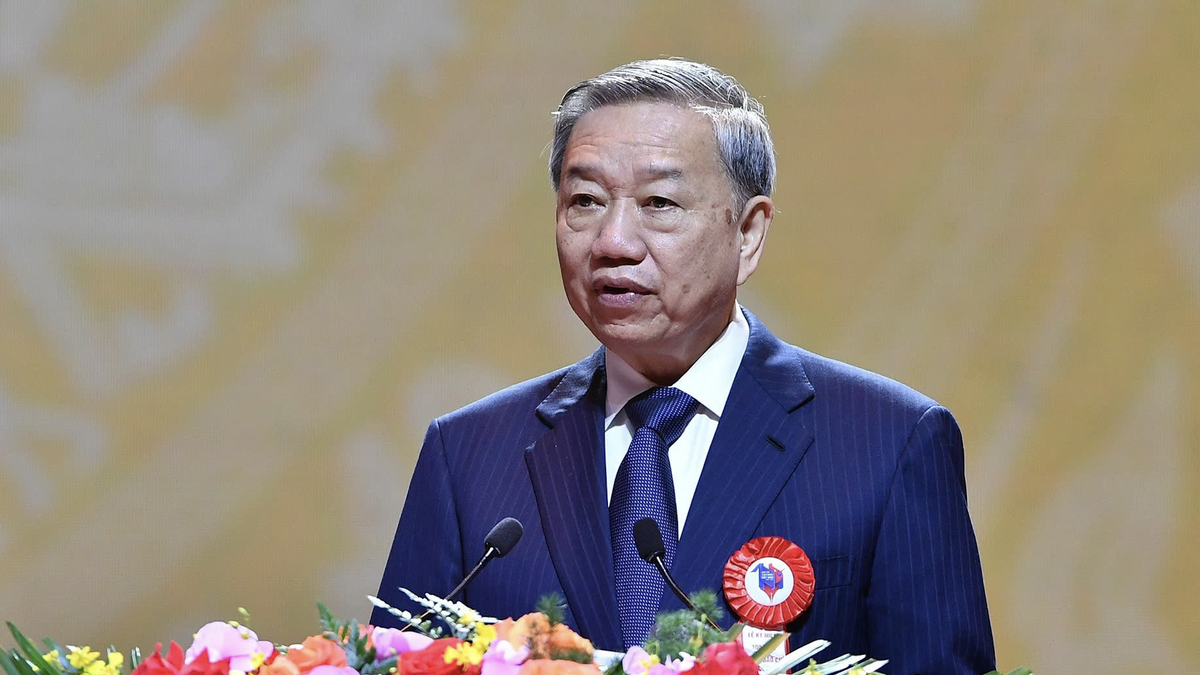








![[Photo] Central Propaganda and Mass Mobilization Department meets with exemplary journalists](https://vphoto.vietnam.vn/thumb/1200x675/vietnam/resource/IMAGE/2025/6/21/9509840458074c03a5831541450d39f8)




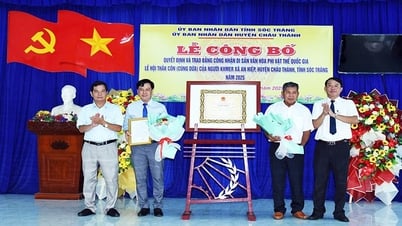










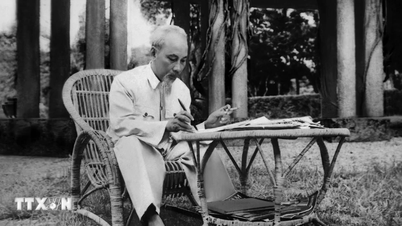









![[Maritime News] Wan Hai Lines invests $150 million to buy 48,000 containers](https://vphoto.vietnam.vn/thumb/402x226/vietnam/resource/IMAGE/2025/6/20/c945a62aff624b4bb5c25e67e9bcc1cb)


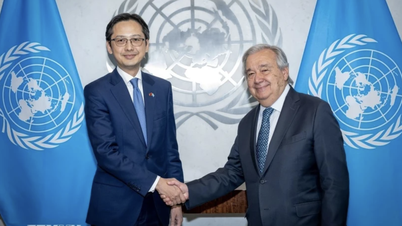
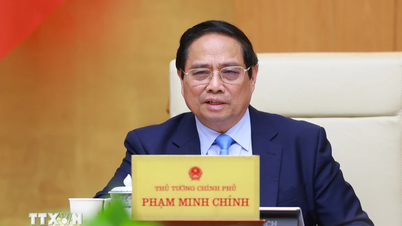





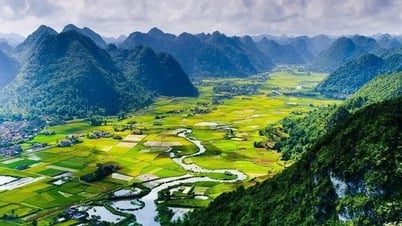




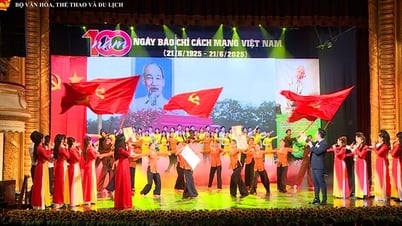



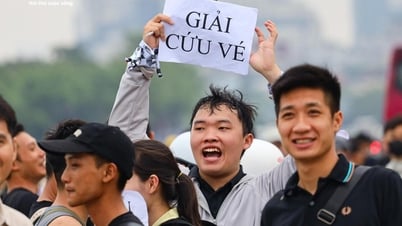




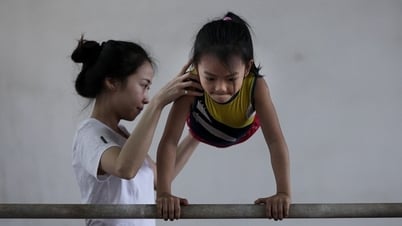

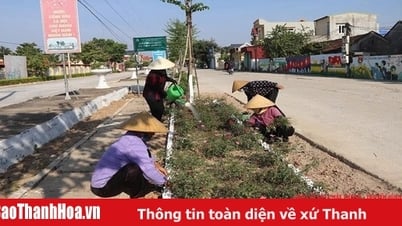











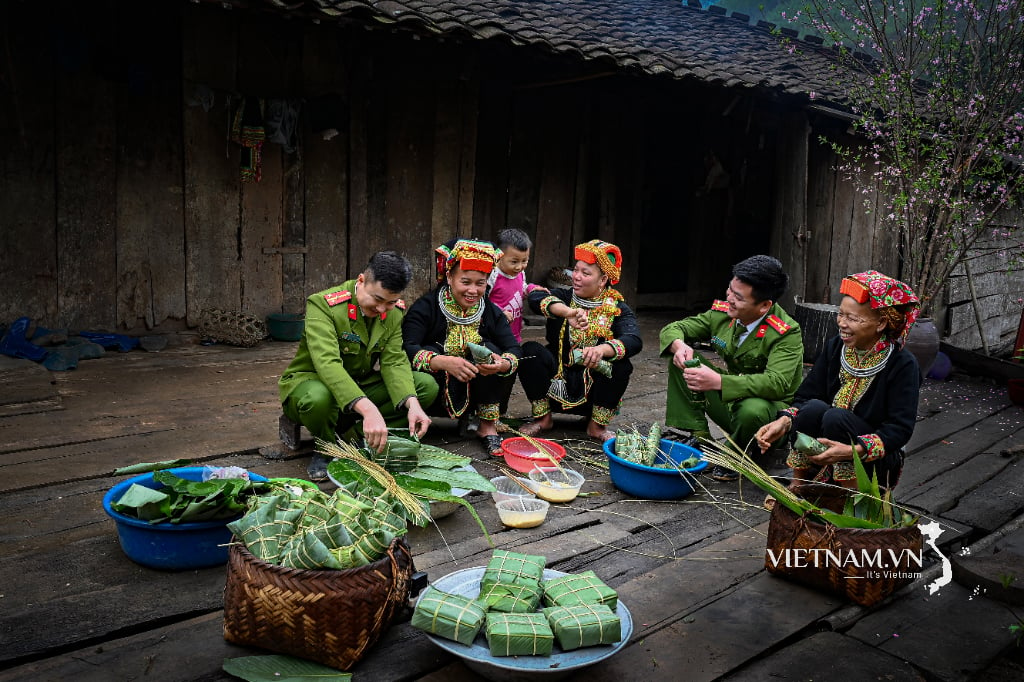
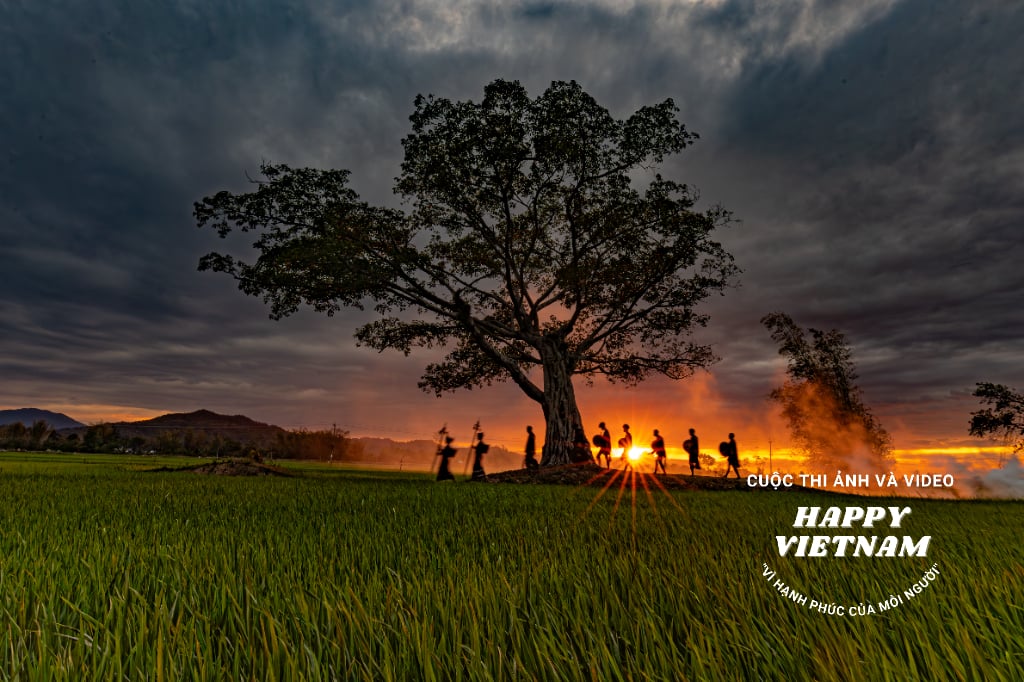

Comment (0)